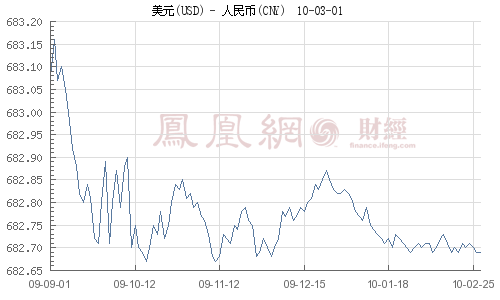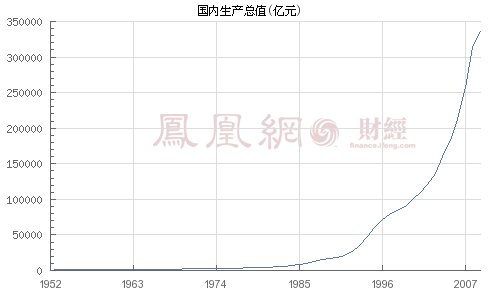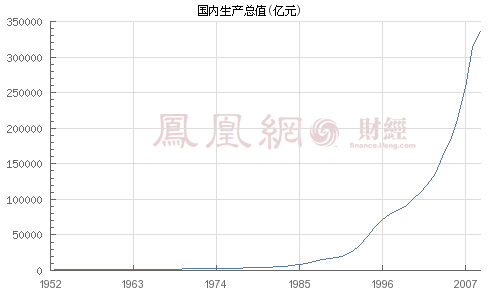Wi-Fi / WLAN channels, frequencies and bandwidths
- Wi-Fi / WLAN / 802.11b, 802.11g channels, their channel frequencies and bandwidth allocations around the globe, spectral mask and summary of which channels can be used together for WLAN solutions.
This IEEE 802.11 standard for WLANs tutorial is split into several pages each of which addresses different aspects of IEE 802.11 / Wi-Fi operation and technology:
[1] IEEE 802.11 standard tutorial[2] IEEE 802.11a
[3] IEEE 802.11b
[4] IEEE 802.11e
[5] IEEE 802.11g
[6] IEEE 802.11n
[6] IEEE 802.11af White-Fi
[7] 802.11 Wi-Fi channels and frequencies
The IEEE 802.11 Wi-Fi / WLAN standards set the attributes for the different channels that may be used. These attributes enable different Wi-Fi modules to talk to each other and effectively set up a WLAN. To ensure that WLAN solutions operate satisfactorily, parameters such as the RF signal centre frequencies, channel numbers and the bandwidths must all be set..
The 802.11b, 802.11g, and 802.11n standards all used the 2.4 GHz ISM (industrial, scientific and medical band). This is a licence free band for which individual users are not required to have a licence. As the band is available for WLAN solutions, virtually globally, this means that items such as laptops that use Wi-Fi are able to be used in many countries.
802.11 channel basics
There is a total of fourteen channels defined for use by Wi-Fi 802.11 for the 2.4 GHz ISM band. Not all of the channels are allowed in all countries: 11 are allowed by the FCC and used in what is often termed the North American domain, and 13 are allowed in Europe where channels have been defined by ETSI. The WLAN / Wi-Fi channels are spaced 5 MHz apart (with the exception of a 12 MHz spacing between the last two channels).
The 802.11 WLAN standards specify a bandwidth of 22 MHz and a 25 MHz channel separation, although nominal figures for the bandwidth of 20 MHz are often given. The 20 / 22 MHz bandwidth and channel separation of 5 MHz means that adjacent channels overlap and signals on adjacent channels will interfere with each other.
The 22 MHz channel bandwidth holds for all standards even though 802.11b WLAN standard can run at variety of speeds: 1, 2, 5.5, or 11 Mbps and the newer 802.11g standard can run at speeds up to 54 Mbps. The differences occur in the RF modulation scheme used, but the WLAN channels are identical across all of the applicable 802.11 standards.
When using Wi-Fi to provide WLAN solutions for offices, general use hotspots, or for any WLAN applications, it is necessary to ensure that parameters such as the channels are correctly set to ensure the required performance is achieved.
Wi-Fi WLAN channel frequencies
The table given below provides the frequencies for the total of fourteen WLAN / Wi-Fi channels that are available around the globe. Not all of these WLAN / Wi-Fi channels are available for use in all countries.
| Channel Number | Lower Frequency MHz | Center Frequency MHz | Upper Frequency MHz |
|---|---|---|---|
| 1 | 2 401 | 2 412 | 2 423 |
| 2 | 2 404 | 2 417 | 2 428 |
| 3 | 2 411 | 2 422 | 2 433 |
| 4 | 2 416 | 2 427 | 2 438 |
| 5 | 2 421 | 2 432 | 2 443 |
| 6 | 2 426 | 2 437 | 2 448 |
| 7 | 2 431 | 2 442 | 2 453 |
| 8 | 2 436 | 2 447 | 2 458 |
| 9 | 2 441 | 2 452 | 2 463 |
| 10 | 2 451 | 2 457 | 2 468 |
| 11 | 2 451 | 2 462 | 2 473 |
| 12 | 2 456 | 2 467 | 2 478 |
| 13 | 2 461 | 2 472 | 2 483 |
| 14 | 2 473 | 2 484 | 2 495 |
WiFi channel overlap and selection
The channels used for WiFI are separated by 5 MHz in most cases but have a bandwidth of 22 MHz. As a result channels overlap and it can be seen that it is possible to find a maximum of three non-overlapping channels. Therefore if there are adjacent pieces of WLAN equipment that need to work on non-interfering channels, there is only a possibility of three. There are five combinations of available non overlapping channels are given below:

From the diagram above, it can be seen that Wi-Fi channels 1, 6, 11, or 2, 7, 12, or 3, 8, 13 or 4, 9, 14 (if allowed) or 5, 10 (and possibly 14 if allowed) can be used together as sets. Often WiFi routers are set to channel 6 as the default, and therefore the set of channels 1, 6 and 11 is possibly the most widely used.
As some energy spreads out further outside the nominal bandwidth, if only two channels are used, then the further away from each other the better the performance.
It is found that when interference exists, the throughput of the system is reduced. It therefore pays to reduce the levels of interference to improve the overall performance of the WLAN equipment.
WLAN / Wi-Fi Channel availability
In view of the differences in spectrum allocations around the globe and different requirements for the regulatory authorities, not all the WLAN channels are available in every country. The table below provides a broad indication of the availability of the different Wi-Fi channels in different parts of the world.
| Channel Number | Europe (ETSI) | North America (FCC) | Japan |
|---|---|---|---|
| 1 | Yes | Yes | Yes |
| 2 | Yes | Yes | Yes |
| 3 | Yes | Yes | Yes |
| 4 | Yes | Yes | Yes |
| 5 | Yes | Yes | Yes |
| 6 | Yes | Yes | Yes |
| 7 | Yes | Yes | Yes |
| 8 | Yes | Yes | Yes |
| 9 | Yes | Yes | Yes |
| 10 | Yes | Yes | Yes |
| 11 | Yes | Yes | Yes |
| 12 | Yes | No | Yes |
| 13 | Yes | No | Yes |
| 14 | No | No | 802.11b only |
This chart is only provides a general view, and there may be variations between different countries. For example some countries within the European zone Spain have restrictions on the channels that may be used (France: channels 10 - 13 and Spain channels 10 and 11) use of Wi-Fi and do not allow many of the channels that might be thought to be available, although the position is likely to change.
802.11 spectrum and spectral mask
In any radio frequency system it is not possible to confine all the energy to a specific bandwidth. Some energy will always be present beyond the bandwidth provided. Instead bandwidths are defined in terms of a spectral mask and the output from any transmitters must fall within the levels defined by the mask.
The 802.11 transmissions have a spectral mask defined as the energy from the transmitter will extend beyond the 22 MHz Wi-Fi channels allocated (i.e. +/- 11 MHz from fc the centre frequency). The spectral mask defines the maximum levels that may emanate from the transmitter over a given spectrum.
At 11 MHz from the centre of the channel, the energy must be 30 dB lower than the maximum signal level, and at 22 MHz away, the energy must be 50 dB below the maximum level. Further away from the centre frequency, the energy levels fall further but some energy is still present and could result in interference on some channels.
WLAN / Wi-Fi channels in practice
While interference may appear to be a major possible problem, with the signals from different access points interfering with one another, in reality this does not appear to be the problem that might be anticipated. In one study that was undertaken, measurements of usage and interference levels were undertaken at Heathrow airport in the UK where usage is high and interference was anticipated to be a problem. To the surprise of many there was little evidence of interference, possibly as a result of the limited ranges experienced. However offices where WLANS are in widespread use may experience problems, and occasional home use where most Wi-Fi access points are all set to the same channel may experience some interference. However in general, with a little care, Wi-Fi / WLAN should not experience interference and if they do then the Wi-Fi channels can be changed.




















